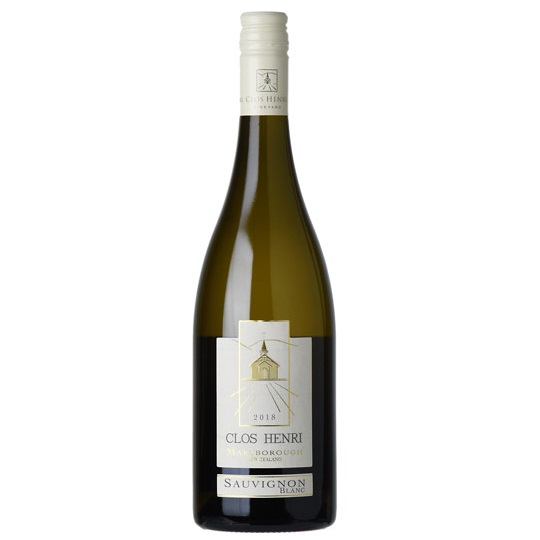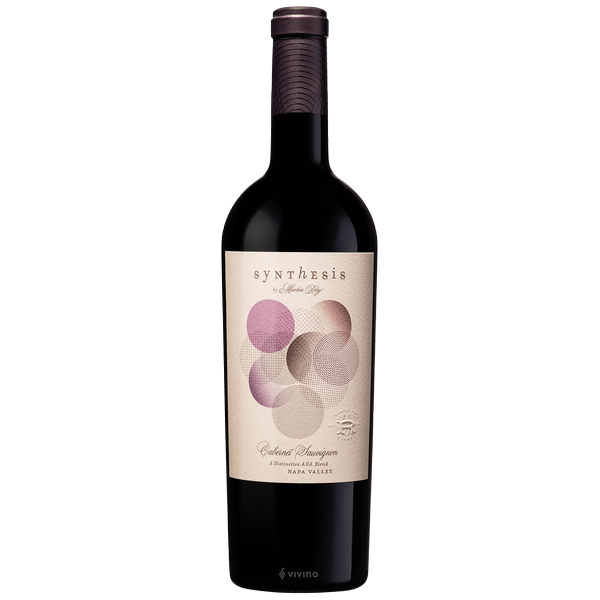2017 La Cana Albarino Navia
2017 La Cana Albarino Navia The 2017 La Cana Navia carries beautiful notes of lime zest and jasmine, bone dry and very aromatic. La Caña Navia recovers the traditional methods of elaborating Albariño, before the incorporation of stainless steel tanks, when the wines were fermented and aged in large chestnut wood barrels on the lees. These were the wines that Jorge Ordóñez first discovered in Rias Baixas when he became the first person to export this variety.
92 Robert Parker: I tasted three vintages of the blend of two vineyards in Meaño and Cambados, of which the 2017 Navia is my clear favorite. It has a briny nose reminiscent of some tinned cockles, marine and saline. In this case, the oak signature is way in the background, and the palate also reveals more freshness and a more fluid texture, a sharp mouthfeel and dry finish. This still matured in oak barrels with bâtonnage for 12 months, but the oak profile feels definitely different. 10,080 bottles produced. It was bottled in August 2019.
Spain Wine: Spanish wine (Spanish: vinos españoles) includes red, white, and sparkling wines produced throughout the country. Located on the Iberian Peninsula, Spain has over 1.2 million hectares (2.9 million acres) planted in wine grapes, making it the most widely planted wine-producing nation but the second-largest producer of wine in the world, behind Italy and ahead of France, and the United States. This is due, in part, to the very low yields and wide spacing of the old vines planted on the dry, infertile soil found in some of the Spanish wine regions. The country is ninth in worldwide consumption with Spaniards drinking, on average, 21.6 liters (5.7 US gal) per person a year. The country has an abundance of native grape varieties, with over 400 varieties planted throughout Spain though 88 percent of the country’s wine production is from only 20 grapes — including the reds Tempranillo, Bobal, Garnacha, and Monastrell; the whites Albariño, Airén, Verdejo, Palomino, and Macabeo; and the three Cava grapes Parellada, Xarel·lo, and Macabeo.
Major Spanish wine regions include the Rioja and Ribera del Duero, which are known for their Tempranillo production; Jumilla, known for its Monastrell production; Jerez de la Frontera, the home of the fortified wine Sherry; Rías Baixas in the northwest region of Galicia that is known for its white wines made from Albariño and Catalonia which includes the Cava and still wine-producing regions of the Penedès as well the Priorat region.
Related products
2021 Sartarelli Tralivio Verdicchio dei Casteli di Jesi Classico Superiore 2021 Sartarelli Tralivio Verdicchio dei Casteli di Jesi Classico Superiore A lively and bright straw yellow color, the 2021 Tralivio opens with an elegant and alluring bouquet of aromatic spring herbs then develops into aromas of acacia, linden, apricot and fresh almond. It also has [...]
Chardonnay
2021 Jean-Marc Brocard Chablis Sainte Claire 2021 Jean-Marc Brocard Chablis Sainte Claire is tart, with notes of lemon oils and mango skin, as well as a bit of minty herbaceousness. On the palate, there are flavors of honey, tropical fruits just barely ripened, as well as a finish of bracing acidity. One of the most popular [...]
Wines!
New Arrivals
92WA Save 44%




